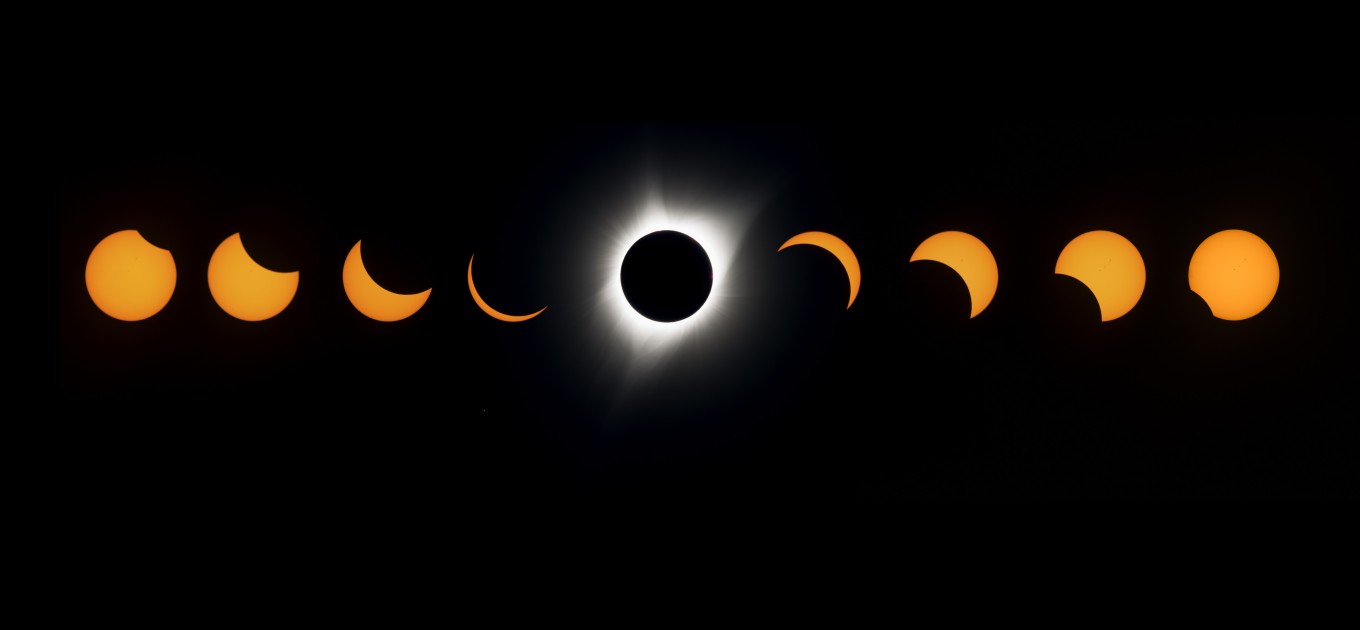Popular Reads
Top Results
Can't find what you're looking for?
View all search resultsPopular Reads
Top Results
Can't find what you're looking for?
View all search resultsHow to see next week’s annular solar eclipse in Indonesia
This will be the last of five solar eclipses this year visible to earthlings.
Change text size
Gift Premium Articles
to Anyone
A
n annular solar eclipse will finish out the 2019 calendar year. Scientists have calculated that the event will take place on Dec. 26, Thursday of next week.
This will be the last of five solar eclipses this year visible to earthlings.
Indonesia will be one of many countries and regions to witness the solar eclipse, including Saudi Arabia, Qatar, the United Arab Emirates (UAE), Oman, India, Sri Lanka, Singapore, Malaysia and parts of the Indian and Pacific Oceans.
The Meteorology, Climatology and Geophysics Agency (BMKG) wrote on its official Twitter account, @infoBMKG, that the eclipse would be visible in seven provinces: Aceh, North Sumatra, Riau, the Riau Islands, West Kalimantan, North Kalimantan and East Kalimantan.
13. Di Indonesia jalur cincin gerhana ini akan melewati 25 pusat kota dan kabupaten di 7 provinsi, yaitu Aceh, Sumatera Utara, Riau, Kepulauan Riau, Kalimantan Barat, Kalimantan Utara, dan Kalimantan Timur.
gak perlu jauh jauh keluar negeri toh, disini aja disamping mimin…
— BMKG (@infoBMKG) December 13, 2019
The National Institute of Aeronautics and Space (Lapan) said that the best place to watch the eclipse would be Siak regency, Riau.
The annular solar eclipse will also be visible in Padang Sidempuan, North Sumatra, and Singkawang, West Kalimantan.
“The eclipse is predicted to start 12:15 p.m. Western Indonesian Time [WIB], peaking at 12:17 p.m. and ending at 12:19 p.m.,” Lapan wrote.
According to information at gerhanaindonesia.id, other cities in Indonesia will experience the phenomenon as a partial solar eclipse. Jakarta, for example, will see about 72 percent of the solar eclipse between 10:43 a.m. and 2:45 pm. The peak of eclipse will occur at 12:36 p.m.
Read also: Solar eclipse provides boost to local economy
Annular solar eclipses occur when the Sun, Moon and Earth line up perfectly while the Moon is at its farthest point from the Earth. From the planet’s surface, the Moon’s apparent diameter is smaller than the Sun’s. It therefore blocks most of the Sun’s light, leaving a glowing ring around the moon’s circumference.
A partial solar eclipse occurs when the moon blocks only part of the sun's disk.










